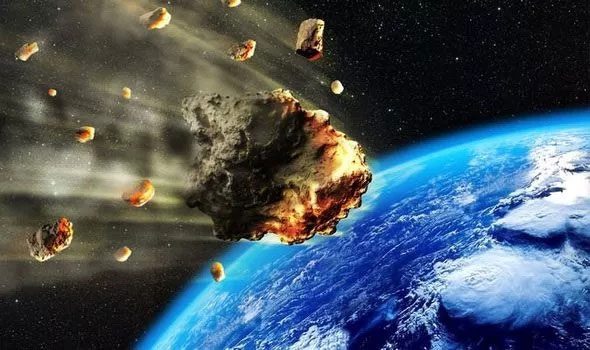The United States National Aeronautics and Space Administration (NASA) recently announced that there is no risk of asteroids colliding with Earth for at least the next 100 years.

Asteroid Warning: NASA is monitoring a large rock to determine if it will collide with Earth. (Photo: express.co.uk).
This information was released as part of NASA’s newly published Action Plan and Space Defense Strategy, which aims to guide the agency’s efforts over the next decade.
For the past 30 years, NASA has been studying Near-Earth Objects (NEOs), including asteroids and comets orbiting the Sun within 30 million miles of Earth’s orbit. NASA states that studying NEOs will help scientists gain a better understanding of the origins and formation of the Solar System, as well as identify potential collision risks, since some NEOs move in orbits that bring them closer to Earth.
According to NASA, the main focuses outlined in the defense plan include improving efforts to survey, detect, and characterize NEOs, developing and deploying technological solutions to mitigate potential impacts from NEOs, similar to those applied in the Double Asteroid Redirection Test (DART), and promoting international cooperation related to the survey and prevention of risks associated with NEOs.
According to NASA official Lindley Johnson, a collision between an asteroid and Earth could have catastrophic consequences, yet it is also the only natural disaster that humanity currently has the technology to detect early and completely prevent. The announcement of NASA’s strategy aims to strengthen the agency’s efforts over the next 10 years, ensuring operations both domestically and internationally for the goal of protecting Earth and the well-being of humanity.


















































